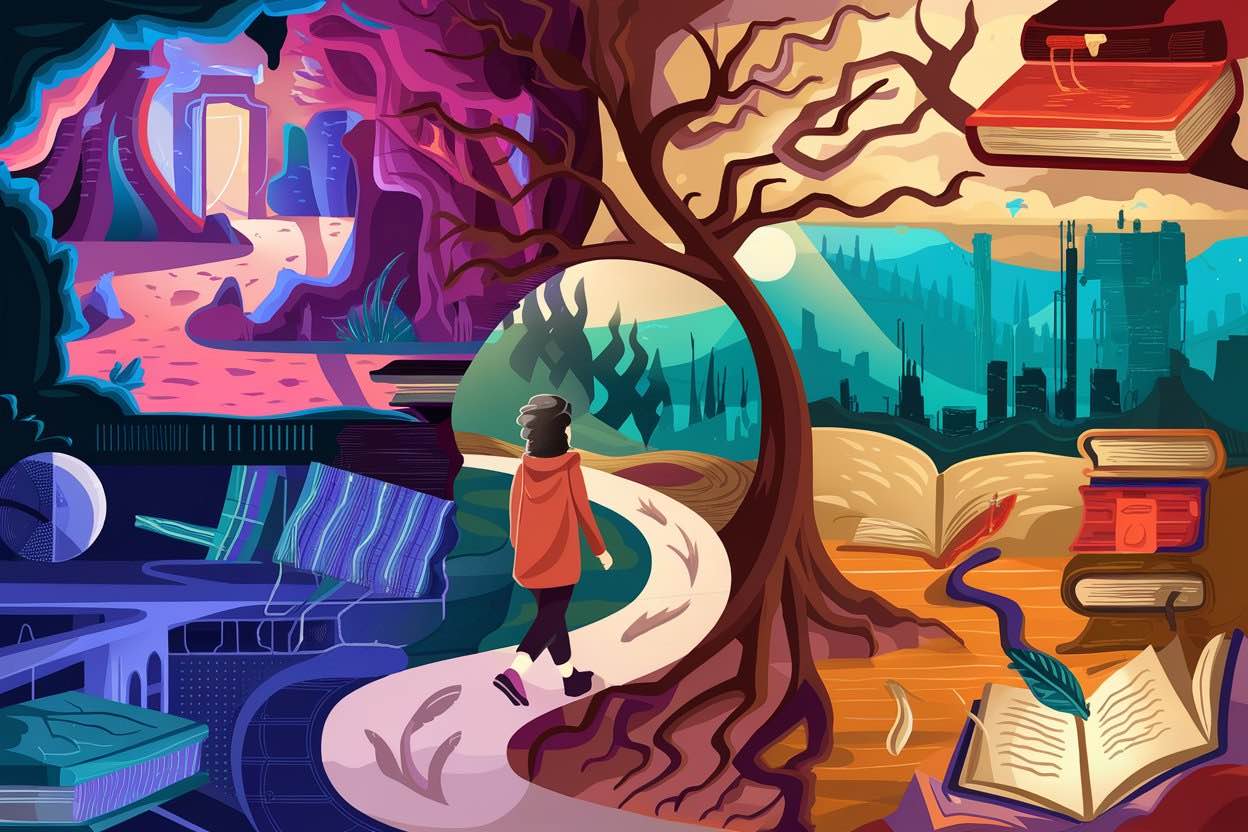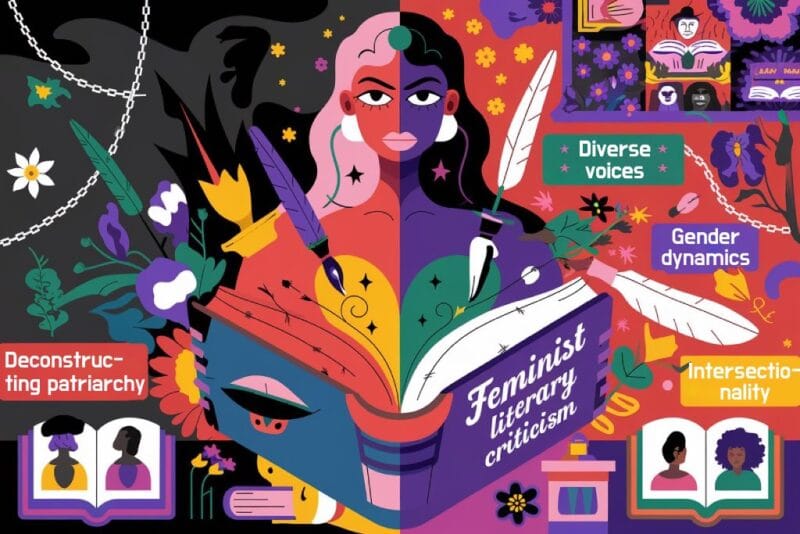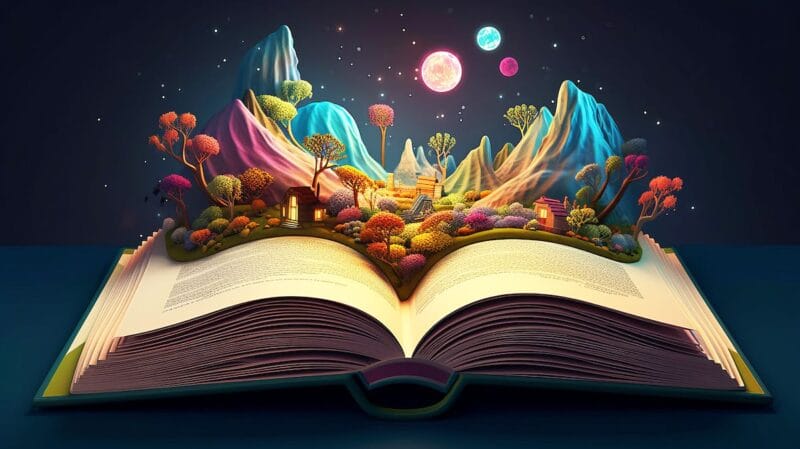- A character arc is the transformation or inner journey of a character within a story, reflecting how they grow and change in response to challenges and events. This progression mirrors real-life experiences, allowing readers to connect with the character’s journey on a personal level. Through this process, characters often confront their beliefs and perceptions, leading to profound changes in their worldview.
- Character arcs play a vital role in storytelling by providing depth and relatability. By illustrating a character’s growth or decline, these arcs provide a sense of progress and investment in the narrative journey. They drive the plot forward by tying a character’s development to the story arc, establishing main themes, resolving conflicts, and creating emotional climaxes.
- Understanding character arcs enables a deeper appreciation of storytelling. Recognizing how characters evolve helps readers connect more profoundly with the narrative and appreciate the intricate craftsmanship involved. Whether a character triumphs over adversity or remains unyielding, these arcs highlight fundamental aspects of plot and character interplay, enriching the reading experience.
A character arc is the transformation or inner journey of a character within a story, reflecting how they grow and change in response to the narrative’s challenges and events. This progression can mirror real-life experiences, allowing readers to connect with the fictional character’s journey on a personal level. Through this process, characters often confront their beliefs and perceptions, which can lead to profound changes in their worldview.
The beauty of a well-crafted character arc lies in its ability to provide depth to the narrative. When executed thoughtfully, it enhances the story by offering insight into human nature and the potential for change, making the literature not only entertaining but also a reflection of the complex realities of life.
Why Character Arcs Matter
Character arcs play a vital role in storytelling as they provide depth and relatability to the characters. By illustrating a character’s growth or decline, these arcs offer the audience a sense of progress and investment in the narrative journey. They are instrumental in driving the plot forward by tying a character’s development to the story arc.
In literature, character arcs help establish the main themes, conflict resolution, and emotional climaxes of the narrative. An effective arc can transform a simple storyline into a profound exploration of human nature and personal transformation. Writers often employ character arcs to convey their messages and insights, making them indispensable tools in crafting compelling stories.
Grasping how character arcs function enables a deeper appreciation for how stories are constructed and why they resonate with readers. This knowledge demystifies the craft of storytelling, illustrating why some characters remain memorable due to their transformative journeys.
By examining character evolution closely, readers can appreciate the intricacies of storytelling that may not be evident at first glance. Whether a character triumphs over adversity or remains unyielding, these arcs highlight the fundamental aspects of plot and character interplay, enriching our knowledge of the storytelling process.
Types of Character Arcs
A character’s transformation within a story could result from internal conflicts, external events, or interactions with other characters. Typically, character arcs fall into several types, such as positive, negative, or static, each serving a different purpose throughout the narrative.
A positive arc typically involves the character overcoming flaws or limitations to triumph in some significant way, while a negative arc may see them deteriorate or become more flawed. With a flat or static arc, the character remains consistent with their core values but may influence others around them. These arcs are crucial for engaging the audience, as they mirror the complex nature of real human experiences.
Positive Change Arc
In a Positive Change Arc, the character evolves, often overcoming internal or external challenges. These characters typically start with a flaw or a false belief that limits their potential. Throughout the narrative, they learn essential truths, gaining new insights. This transformation is a gradual process that reflects growth, leading to positive outcomes.
Many protagonists in literature follow this arc, achieving their goals and improving their situations. Such arcs offer a route to redemption, emphasizing character development with a hopeful conclusion.
Negative Change Arc
The Negative Change Arc involves a character’s descent, often marked by a failure to address internal or external conflicts effectively. Characters in this arc may begin with good intentions, but due to certain weaknesses, they may spiral into negative behaviors or outcomes. This type of arc can explore themes of corruption or the loss of innocence.
The Fall Arc, a subtype, showcases this decline. Unlike the redemptive aspect of the positive arc, this focuses on the deterioration of moral or ethical standing.
Flat or Static Arc
The Flat or Static Arc is unique, with the character remaining largely unchanged throughout the story. These characters enter the tale with core beliefs and maintain them from beginning to end. The narrative isn’t about their transformation but the influence they exert on the world or other characters. This arc explores how constant beliefs can challenge changing environments or societal challenges. Flat characters are not devoid of growth but portray consistency within the narrative’s structure.
Stages of a Character Arc
Understanding the stages of a character arc enhances your enjoyment and appreciation of how characters evolve throughout a story. Each stage, from the initial setup to the climactic transformation and resolution, plays a crucial role in shaping the character’s journey. By recognizing these stages, you can gain deeper insights into the storytelling process and connect more profoundly with the characters.
The Setup
The setup introduces the reader to the character in their ordinary world, showing their current life and routines. This stage gives insight into their personality, flaws, and desires, helping the reader understand who they are before any changes occur, which often provide hints of the internal conflicts the characters face, laying the groundwork for their journey. By understanding the character’s initial state, you can better appreciate the contrast with the changes they undergo later in the story.
The Inciting Incident
The inciting incident is the turning point that pushes the character out of their comfort zone and sets the story in motion. This event disrupts the character’s ordinary world, presenting a problem or challenge that they cannot ignore. It acts as a catalyst, compelling the character to take action and embark on their journey.
The inciting incident creates urgency and stakes, motivating the character to pursue goals they might have previously avoided. This stage is vital for propelling the plot forward and engaging the audience through anticipation of what lies ahead.
The Rising Action
Rising action involves a series of events and challenges that the character must face following the inciting incident. These events build tension and complexity, gradually raising the stakes. It is during this stage that the character learns, grows, and grapples with their beliefs and motivations.
Conflicts and obstacles test the character’s resolve, often forcing them to confront internal and external struggles. The rising action develops the narrative, creating suspense and deepening the character’s transformation as they approach the climax.
The Climax
The climax marks the moment of greatest tension and drama in the story, where the character faces the ultimate confrontation or decision. At this critical juncture, the character must draw upon everything they have learned throughout their journey.
This pivotal event often leads to a profound change in the character, whether through self-realization, sacrifice, or overcoming a significant obstacle. The decisions made in the climax have lasting consequences, underscoring the character’s growth and the arc’s culmination.
The Resolution
Resolution ties up loose ends, providing closure to the character’s journey. In this final stage, the character reflects on their transformation and how it affects their world. The resolution shows the character’s new normal, contrasting with the setup. It depicts how they have changed, what they have gained or lost, and offers a satisfying conclusion to their arc. The resolution also reinforces the themes explored throughout the story, ensuring a coherent narrative experience.
Appreciating Compelling Character Arcs
Understanding what makes a character arc compelling allows you to see beyond the surface of the narrative and appreciate the intricate craftsmanship involved in character development. By recognizing these key aspects, readers are able to enhance their enjoyment and insight while reading these stories.
Understanding Characters Deeply
An authentic character arc begins with a solid understanding of one’s core motivations. These motivations often stem from personal desires, misconceptions, or even trauma. The protagonist may have a strong need for justice or redemption, which propels them into action.
Internal conflict is key in this transformation, as characters grapple with choices or “the truth” behind their beliefs. Notably, this truth often challenges a character’s flaws or exposes a lie they have embraced. Such elements are crucial for a compelling story.
Recognizing Authentic Arcs
Authentic character arcs resonate due to their relatability and truthfulness in portraying human experiences. Whether it’s a hero’s journey or a moral descent, these arcs depict believable change.
Characters facing tangible obstacles must adjust their goals and values, reflecting authentic growth or deterioration. The nuanced portrayal of change or steadfastness in beliefs lends realism to these arcs. It’s these nuanced transformations that set them apart as genuine, providing layers of complexity as the character evolves or resists change.
How Arcs Enhance the Plot
Character arcs intertwine with plot, steering the narrative’s course. As protagonists tackle external conflicts, their internal struggles parallel these events, enriching the story’s depth. Such challenges test the character’s resilience and internal motivations.
Secondary characters play crucial roles, often highlighting or challenging the protagonist’s evolution. Whether it’s an antagonist or a supportive ally, these interactions sharpen character dynamics. Characters’ responses to external and internal dilemmas shape plot progression, allowing the story to unfold naturally.
Spotting Common Pitfalls
Common pitfalls include poorly-developed arcs that feel forced or unrealistic. Characters can fall flat when their transformations happen abruptly without plausible challenges or internal conflict. Another issue is when arcs lack clarity in motivations, making changes feel contrived or unearned.
Additionally, arcs plagued by overused tropes risk diluting originality and sincerity. Ensuring characters face meaningful obstacles and reflections is vital, allowing genuine transformation. Effective arcs anchor in clear, consistent motivations that evolve logically with the character’s journey in order to avoid these pitfalls.
Examples and Case Studies
By examining well-known characters from classic and modern works, we can see how their journeys captivate readers and drive the narrative forward. The following examples not only highlight the different types of character arcs but also demonstrate how effectively crafted arcs contribute to the overall impact of a story.
Classic Literature
Elizabeth Bennet from Jane Austen’s Pride and Prejudice (1813) is one of the well-crafted character arcs that have endured in classic literature. Elizabeth starts as a witty and independent young woman who harbors strong prejudices against Mr. Darcy. Throughout the novel, her character arc is marked by self-reflection and personal development. Elizabeth learns to recognize her own biases and misunderstandings, ultimately leading to her acceptance of Darcy’s true character and their eventual union.
Another exemplary character arc can be found in Charles Dickens’ A Christmas Carol (1843). Ebenezer Scrooge begins as a miserly, cold-hearted man who values money over human connection. Through the intervention of the three ghosts of Christmas Past, Present, and Future, Scrooge undergoes a profound transformation—he confronts the consequences of his actions and the emptiness of his life, leading to a dramatic change in his outlook. By the end of the story, Scrooge becomes a generous and warm-hearted individual, embodying the spirit of Christmas.
In Crime and Punishment (1866) by Fyodor Dostoevsky, the protagonist Raskolnikov experiences one of the most intense and psychologically complex character arcs in literature. Initially, Raskolnikov is a destitute student who justifies committing murder as a means to achieve a greater good. However, the weight of his guilt and the moral ramifications of his crime gradually unravel his psyche. His journey is one of internal torment and existential questioning, leading to his eventual confession and search for redemption.
Modern Literature
One notable example in contemporary literature is Katniss Everdeen from Suzanne Collins’ The Hunger Games series. Katniss starts as a resourceful but reluctant participant in the deadly games, driven primarily by her desire to protect her family. Throughout the series, her character undergoes a significant transformation. She evolves from a survivalist into a symbol of rebellion and hope for an oppressed society. Her journey is marked by internal and external struggles, making her arc a compelling study of growth, sacrifice, and resilience.
Another example can be found in Khaled Hosseini’s The Kite Runner (2003). Amir, the protagonist, begins as a privileged but insecure boy who betrays his loyal friend, Hassan. The guilt and shame from this betrayal haunt him into adulthood. Amir’s character arc is one of redemption. He embarks on a journey back to Afghanistan to rescue Hassan’s son, facing the dangers and confronting his past mistakes. This arc is deeply emotional and showcases the themes of forgiveness, redemption, and the long-lasting impact of childhood actions on adult life.
In Gone Girl (2012) by Gillian Flynn, both Nick and Amy Dunne present fascinating and complex character arcs. Nick starts as an apparently wronged husband but gradually reveals his flaws and deceitful nature. On the other hand, Amy’s arc is a dark and twisted journey from a seemingly perfect wife to a master manipulator. Their arcs intertwine to create a narrative filled with suspense and psychological depth, challenging readers’ perceptions and keeping them engaged.
Effective character arcs are constructed with key elements like theme and plot points. The transformation often aligns with a story’s narrative structure, such as the three-act structure, enriching the storytelling process.
For those who cherish stories, character arcs offer a gateway to understanding characters on a deeper level. These arcs provide insight into the motivations and decisions characters make, enhancing the engagement with the narrative. Observing a character’s journey from beginning to end can lead to a more profound appreciation of the story’s themes.
Readers can better connect with stories when they witness characters’ triumphs, failures, and growth. These connections can enrich the overall experience and leave lasting impressions. As readers explore various stories, they can find joy and satisfaction in witnessing how characters evolve and transform.
Further Reading
Character arc on Wikipedia
The Importance of a Nuanced Character Arc by Kristen Overman, Good Story Company
Different Characters Need Different Arcs — Here’s Why by Heroic Books, Medium
Whats the difference between a character arc and character development on Reddit




